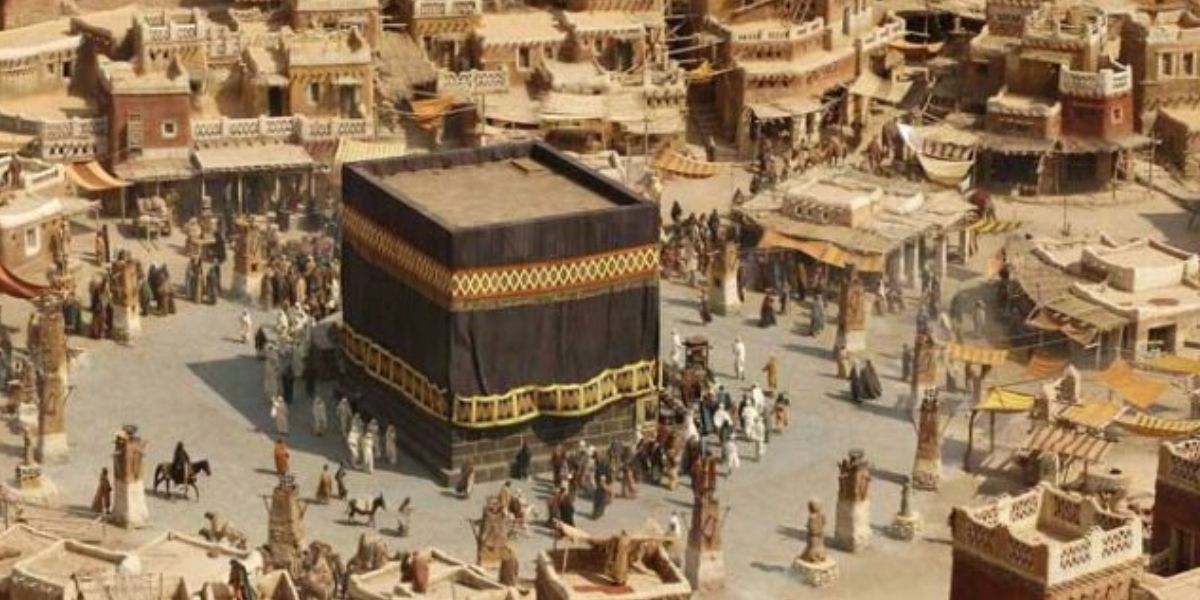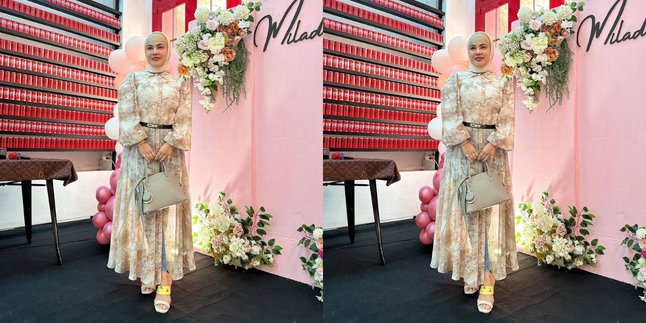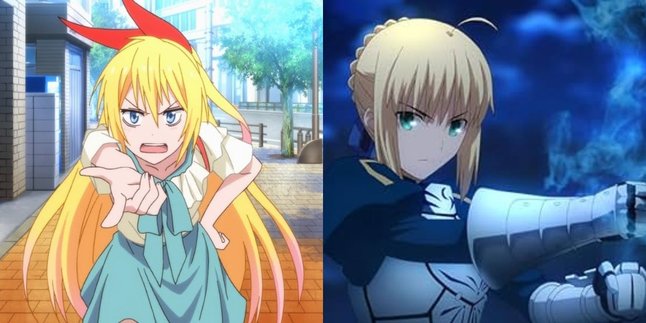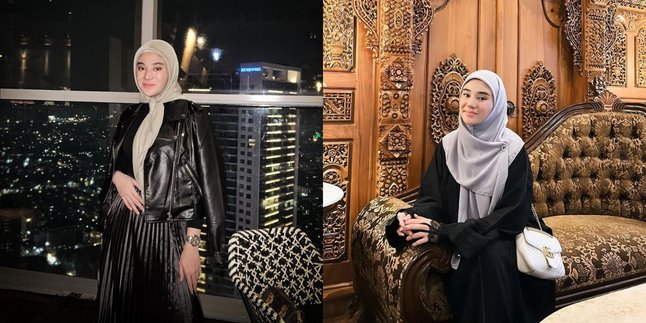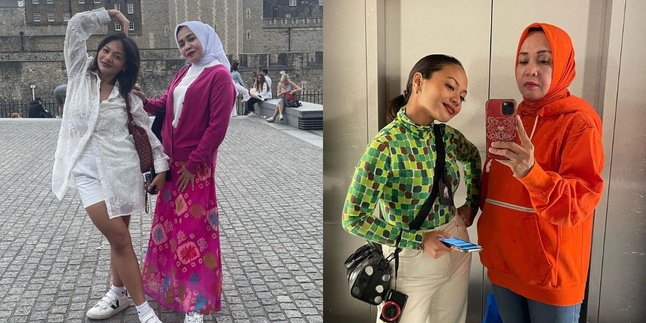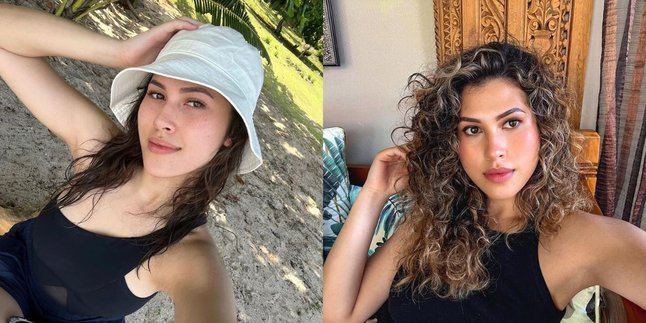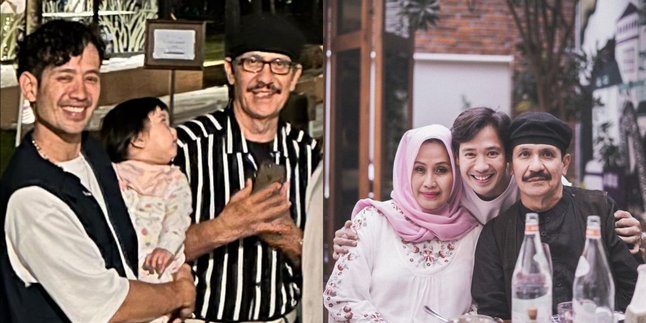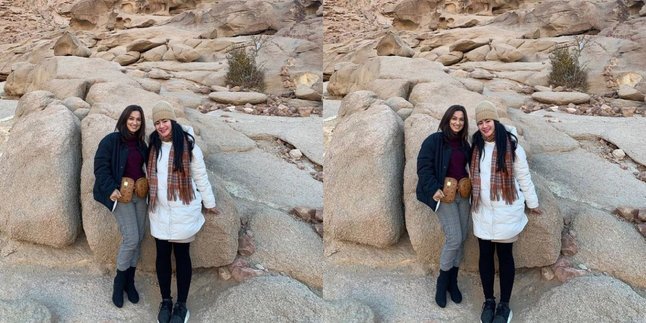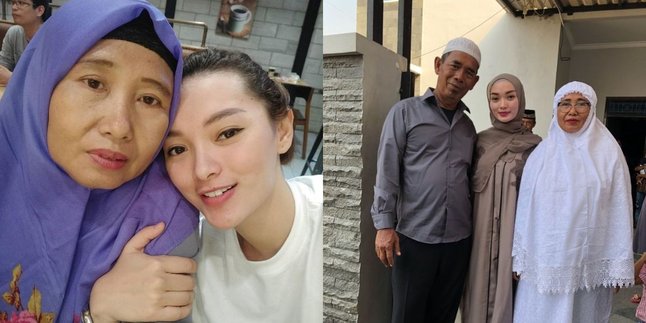Kapanlagi.com - Before Islam spread, the city of Mecca was known to have around 360 different idols. Among this large number, there were four idols that were the most famous and significant in Mecca, namely Hubal, Latta, Manat, and Uzza.
The four largest idols in Mecca were made of various materials, such as stone, wood, copper, gold, and silver. The variations in the shape of idols in Mecca were diverse, ranging from those resembling humans to those resembling animals.
Hubal, among the four largest idols in Mecca, was the most respected by the Quraysh people who did not follow the Islamic religion. Hubal had a human form with a broken right hand and was the largest idol in Mecca.
In the news reported on Friday, November 3, 2023, here is an explanation of the largest idol and its worship history.
1. Hubal, the Most Honored Idol of the Mecca Community during the Jahiliyah Era

Illustration of the Hubal Idol (Source: Wikipedia)
One of the gods revered by the Arab population, especially the Quraysh tribe, before the introduction of Islam, was Hubal. Hubal had a large human-shaped statue made of red agate and was placed around the Kaaba.
The idol of Hubal became the main focus of worship for the entire Quraysh tribe, even receiving reverence from various clans and tribes throughout the Arabian land during the Jahiliyah era. In front of the idol of Hubal, people from all walks of life, both the commoners and those in high social positions, would perform worship and make requests.
2. The Form of the Hubal Idol

Illustration of the Hubal Idol (Source: Wikipedia)
The Hubal statue is a large sculpture made of red agate stone in the form of a human, and it was placed around the Dome.
The Hubal statue features highly detailed carvings and is believed to have been created by a Syrian artist or possibly a Greek artist.
In addition, there are reports describing the Hubal idol as having a human form with a injured right hand.
For the Quraysh community in the city of Mecca, Hubal held a very special position, even surpassing 360 other idols. They sought blessings and protection from disasters through this Hubal statue.
3. The Beginning of Idol Worship
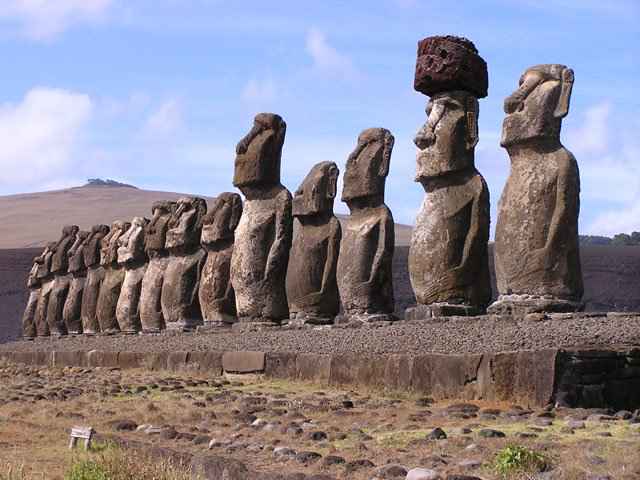
Illustration of Idols (Source: Umma.id)
Before the practice of idol worship spread in Mecca, the inhabitants of this city were actually followers of monotheistic belief who devoted themselves to Allah SWT, in accordance with the teachings inherited from Prophet Ibrahim AS and then continued by Prophet Ismail AS.
However, after the death of Prophet Ismail AS, the people of Mecca began to deviate from their faith and turned to worship other than Allah SWT. This change from monotheism, which only worships Allah SWT, to idol worship began when a leader from the Khuza'ah tribe named Amr bin Luhay traveled to Syria.
While in Syria, Amr bin Luhay witnessed the local residents worshiping idols, and this piqued his interest in introducing this practice in Mecca. He brought back an idol called Hubal and placed it near the Ka'bah.
Hubal became the largest idol in Mecca and the first idol introduced in the city. In addition to being the largest idol, Hubal was also the most respected.
Amr bin Luhay then taught the practice of idol worship to the people of Mecca in general. Eventually, the people of Mecca began to believe that by worshiping idols, they would be closer to their deity.
From here, the practice of idol worship began to spread in Mecca. Not only Hubal, various other idols such as Latta, Uzza, and Manna were also placed around the Ka'bah. In the end, the number of idols in Mecca reached 360, and Mecca became the center of idol worship.
4. The Event of Idol Destruction

Illustration of Destroyed Idols (Source: Islampos)
The event of destroying various idols, including the largest idol, occurred after the conquest of Mecca (Fathu Makkah).
The conquest of Mecca took place in 630, precisely on the 20th of Ramadan in the 8th year of Hijri, when Prophet Muhammad SAW, along with 10,000 soldiers, moved from Medina to Mecca and successfully gained complete control of the city after the Islamic forces achieved victory in the Battle of Mu'tah.
In addition to conquering Mecca completely, Prophet Muhammad SAW and the Muslims also carried out the destruction of various idols located inside and around the Kaaba.
A total of 360 idols with various names and types, which had various roles and functions, in the 8th year of Hijri, coinciding with the 25th of Ramadan, the idol al-Uzza was displaced from its place, followed by other idols.
On that day, Prophet Muhammad directly visited the Masjid Haram, touched the Black Stone, and then performed tawaf around the Kaaba, which was previously filled with various idols. While moving, the Prophet struck one idol after another with his staff to cleanse the Kaaba and the entire Arabian Peninsula from idols and idol worship practices.
5. What is the Largest Idol in Mecca?
In Mecca, there is a largest idol known as Hubal. The idol Hubal was highly respected by the people of jahiliyyah during that period. The presence of the idol Hubal in Mecca began with the initiative of someone who lived there, namely Amru bin Luhai from the Bani Khuza'ah. Amru bin Luhai is considered as the figure who introduced the practice of idol worship to the people of Mecca.
6. How Many Idols are in Mecca?
The city of Mecca houses around 360 diverse idols. Among all these idols, there are four prominent main idols, namely Hubal, Latta, Manat, and Uzza. These four large idols in Mecca are made of materials such as stone, wood, copper, gold, and silver. Meanwhile, the forms of idols in Mecca vary, ranging from those resembling humans to those resembling animals.
7. Where is the Uzza Idol Located?
Uzza is one of the four largest idols in Mecca. The Uzza idol is considered the youngest sacred war goddess among the other goddess idols. This idol made of Sallam tree is located in the Nakhlah valley, between Mecca and Tha'if.
8. Who Destroyed the Uzza Idol?
As narrated by Mansur Abdul Hakim in the book Khalid bin Al-Walid Saifullah Al-Maslul, after the Conquest of Mecca, Prophet Muhammad sent Khalid bin Walid to destroy the Uzza idol worshipped by the polytheists of Mecca during the pre-Islamic era.
9. What Religion Did the People of Mecca Follow Before Islam?
According to K.H. Moenawar Chalil, among the beliefs followed by the people of Mecca before the arrival of Islam were worshipping angels, worshipping jinn, spirits, and ghosts, worshipping stars, idols, and the religions of Judaism and Christianity.
(kpl/rns)
Disclaimer: This translation from Bahasa Indonesia to English has been generated by Artificial Intelligence.
